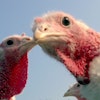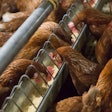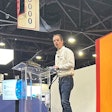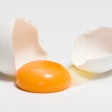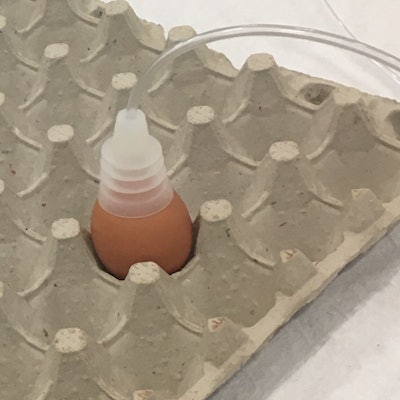
Fertilized layer eggs can be sexed during incubation by detection of volatile organic chemicals (VOCs) that are released by the developing embryo and pass through the shell, according to researchers at the University of California, Davis (UC Davis) and chemical sensor company Sensit Ventures Inc.
Approximately 6-7 billion male layer chicks are culled each year after hatching. However, if hatcheries could identify the sex of an egg early in incubation, male eggs could be diverted for alternate uses and pressure from animal welfare organizations could be relieved.
Research shows that it is possible to do this based on VOCs, explained Professor Cristina Davis, UCF Davis Associate Vice Chancellor for interdisciplinary research and strategic initiatives.
According to UC Davis researchers, there is a reliably detectable difference in the VOCs emitted by male and female embryos and the technology used in the study proved to be 80% accurate after two minutes of sampling on eggs incubated for eight days.
Additionally, the scent approach removes the need for penetration, unlike other in-ovo sexing techniques.
“We found that there are volatile chemicals from the egg, a scent that you can capture and sort statistically,” stated Tom Turpen, Sensit Ventures President and CEO, who licensed the product.
How it works
Suction cups already designed for egg handling and packing were adapted to “sniff” air from the eggs without cracking them and capturing VOCs. The technology also involves a sensing chip that is used to analyze the VOCs in the air.
After collection, the air samples were analyzed using gas chromatography and mass spectrometry. The sex of the eggs was confirmed by a DNA analysis at the UC Davis Department of Animal Science.
UC Davis believes that a rapid suction cup sampling method could be done in rows to evaluate many eggs at the same time, making the practice adaptable on a commercial level.
“We think that the hardware platform invented at UC Davis could be integrated into hatcheries,” Turpen added.


